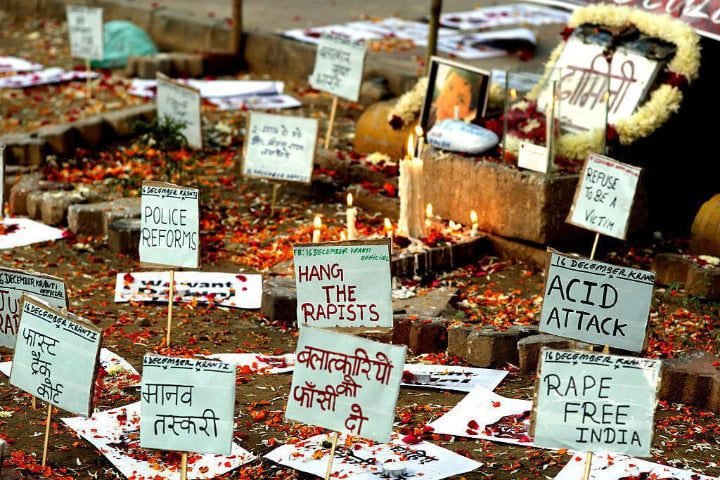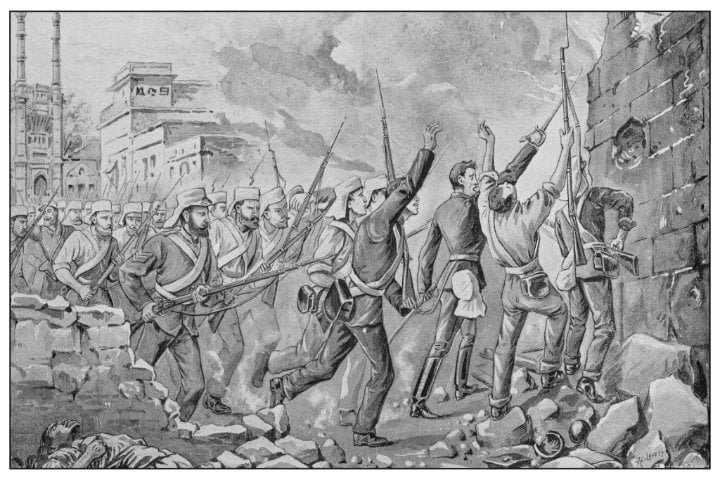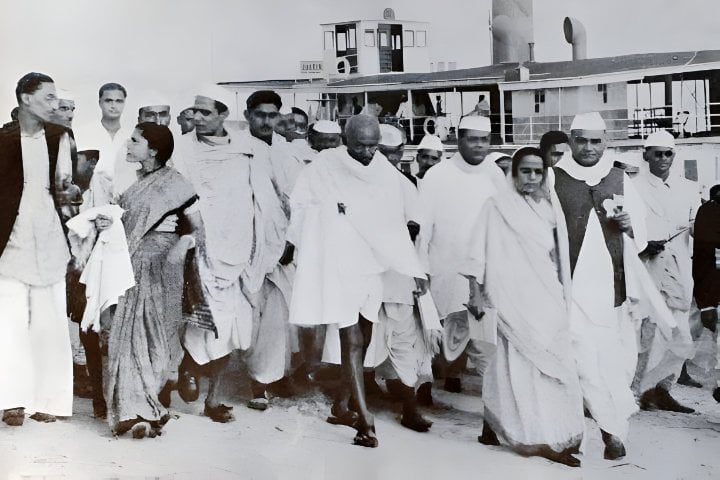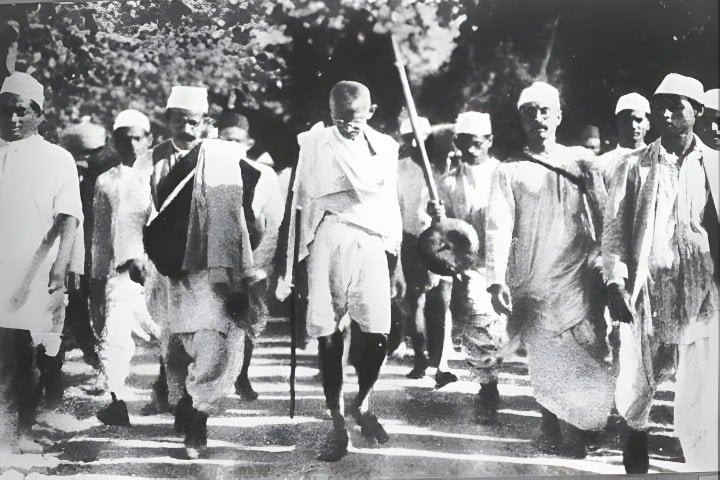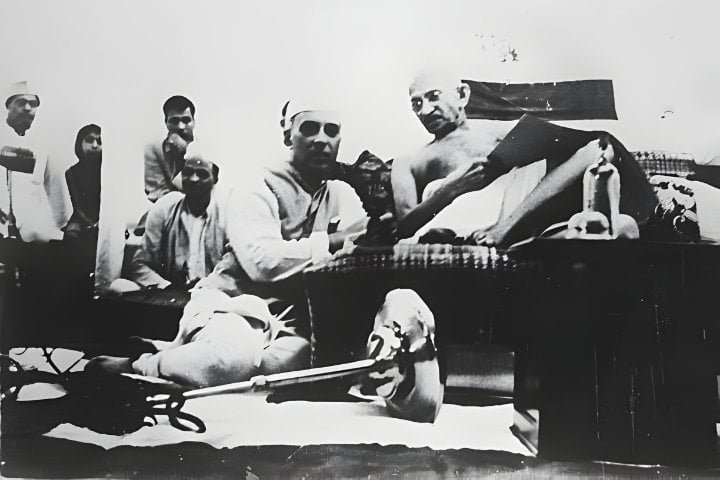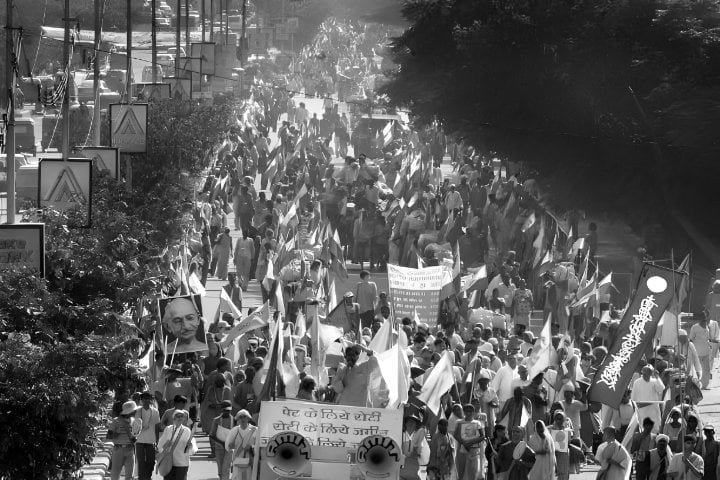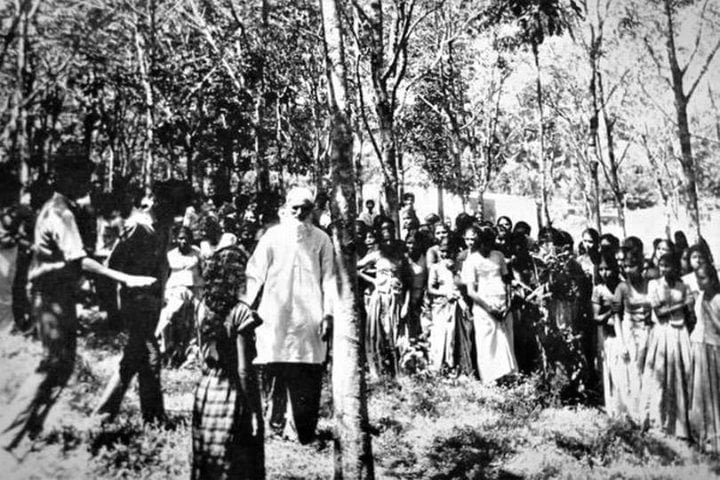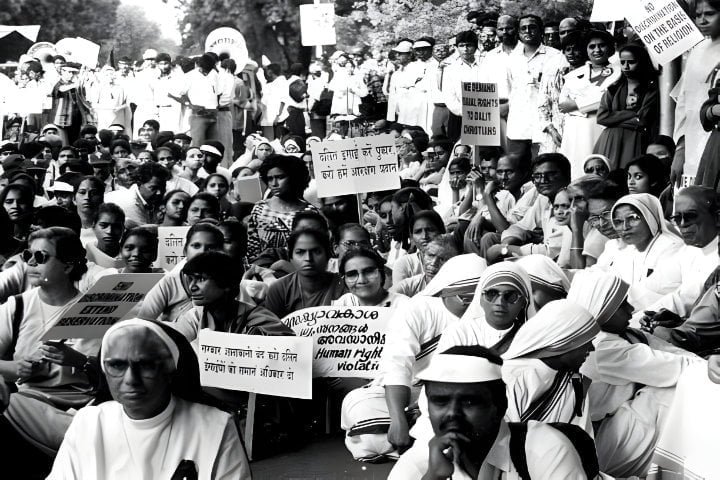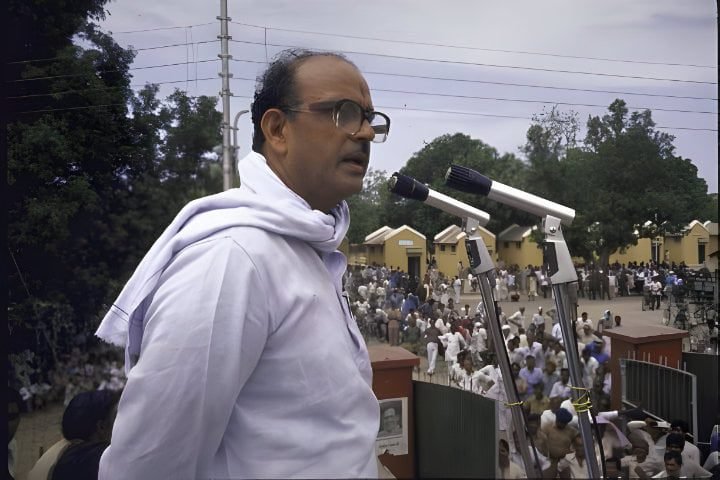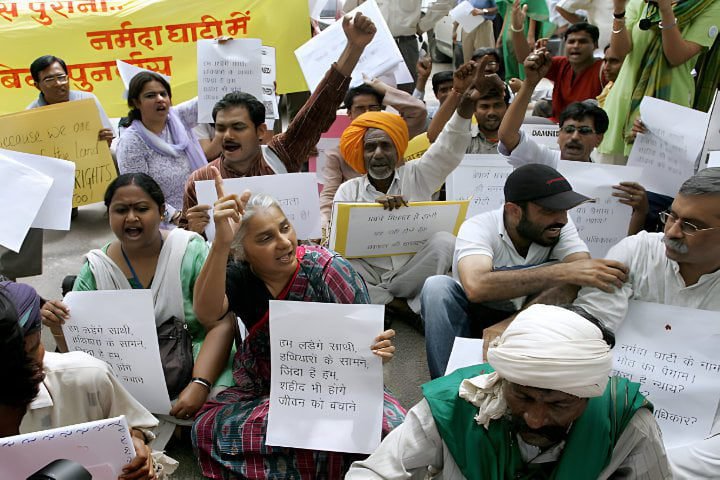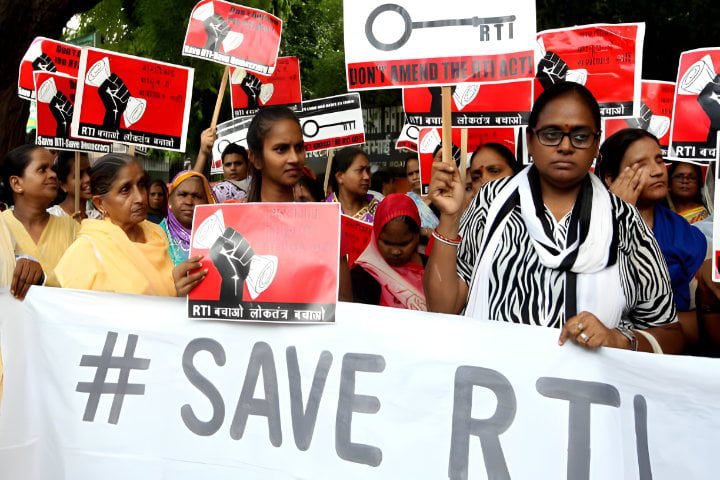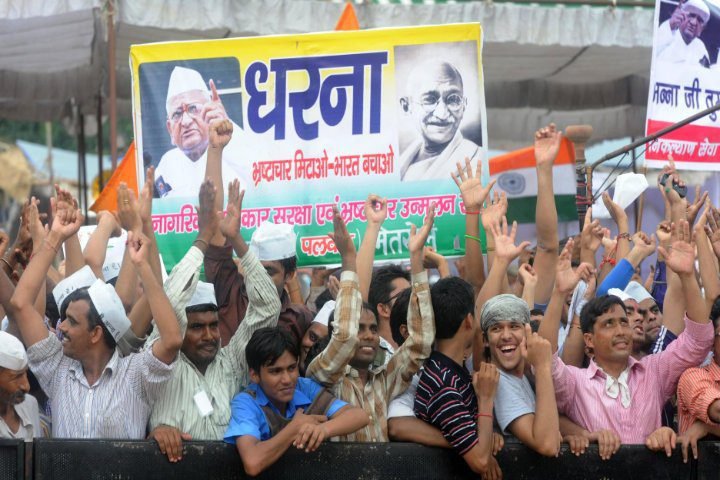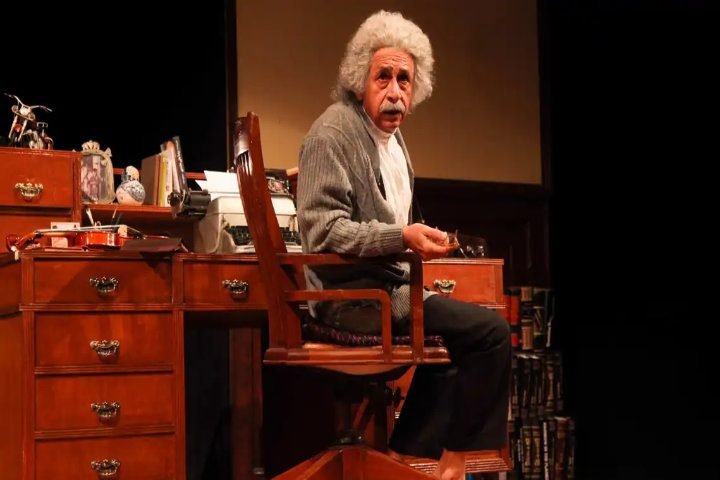CUET UG Social Movements
Nirbhaya Movement: Introduction
On the night of December 16, 2012, Jyoti Singh, a 23-year-old medical student, was brutally beaten and gang-raped on a moving bus in Munirka, a neighborhood in South Delhi. The crime sparked global outrage, with many expressing disgust, shame, and horror at the incident.
In accordance with Indian rape laws, the victim’s name cannot be used in the media. As a result, various publications gave her different names, with “Nirbhaya” (meaning “fearless”) being the most commonly used.
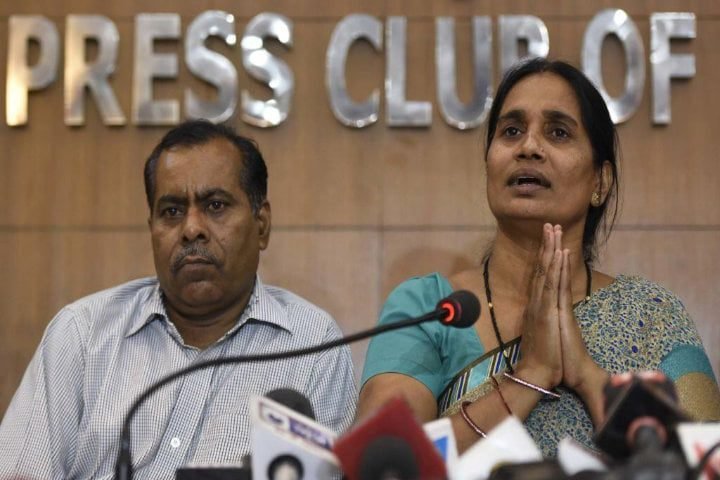
The brutal incident marked a turning point for Indian citizens, who had been struggling with an increase in crimes, corruption, and a general disregard for the ruling class. It sparked intense emotions of anger and dissent towards the government.
Thousands of protesters participated in peaceful demonstrations and candlelight vigils across the country, which ultimately led to a change in criminal laws and the establishment of a fast-track court to prosecute the attackers.
The protesters had several demands which were aimed at combating the following issues:
- Insufficient and incompetent security
- Inadequate and unreliable public transport
- An insensitive police force that often blames rape victims for the crime inflicted upon them
- Inadequate laws exist to safeguard against sexual assault and rape cases.
Justice Verma Commission
Six days after the incident, the central government established a judicial committee under the direction of former Chief Justice of India JS Verma. The committee was tasked with amending laws concerning rape to provide harsher punishment for such crimes.
The committee received 80,000 suggestions for amendments to rape laws from citizens, including jurists, lawyers, NGOs, and women’s groups. The committee submitted its report within 29 days, covering a range of offences not previously included in the law, among other recommendations.
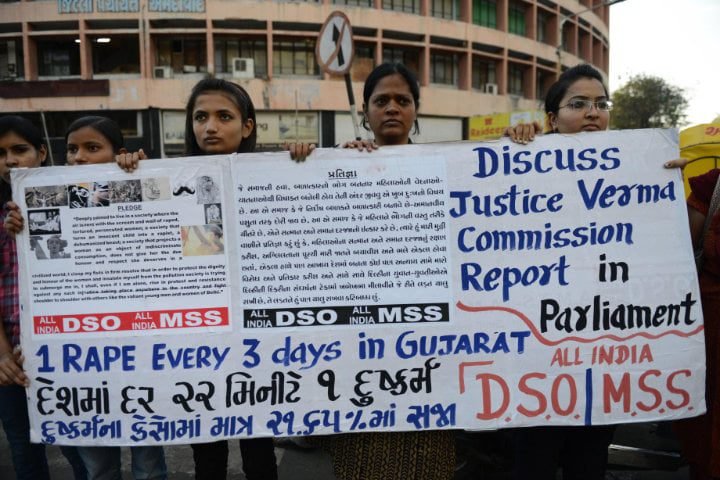
The committee made some recommendations to improve the laws related to sexual offences. These recommendations included the inclusion of stalking, voyeurism, and intentional touching as offences. The committee also suggested more severe punishments for rapists and the addition of a definition for “gang rape” in the law.
Another suggestion made by the committee was to make marital rape a punishable offence. In addition, the committee recommended gender sensitization, police and electoral reforms, and the creation of a Bill of Rights. The committee also suggested a review of the way medical examinations of rape victims were conducted.
While some recommendations of the Verma panel were included in the amendments, others were not, and some of the resulting amendments went against the recommendations.
Legal Reform and Empowerment
The Criminal Law Amendment
The Lok Sabha and the Rajya Sabha passed the Criminal Law (Amendment) Act, also known as the Nirbhaya Act, in March 2013. The act amended the Indian Penal Code, Indian Evidence Act, and Code of Criminal Procedure, 1973, particularly in relation to sexual offences.
The changes made to the laws on rape and sexual crimes included broadening the definition of rape and imposing severe punishment for it. The laws related to acid attack attempts, unwelcome physical contact, sexual comments, sexual harassment involving pornography, voyeurism, stalking, and other similar offences were also made more stringent.
The Juvenile Justice Act amendment
The Juvenile Justice Act was amended to allow the trial of those accused of “heinous crimes” aged 16–18 years as adults.
Nirbhaya Fund
The Indian Government announced the creation of the Nirbhaya Fund worth Rs 1000 crore in 2013. The fund aims to support NGOs and initiatives that promote gender sensitization and ensure women’s safety.
From Tragedy to Triumph
The court found all six of the men involved in the Nirbhaya rape case, including the minor, guilty. The accused were identified as Ram Singh, Mukesh Singh, Vinay Gupta, Pawan Gupta, Akshay Thakur, and a juvenile. Ram Singh, the bus driver, committed suicide on March 11, 2013, while in Tihar Jail during the trial.
The minor was tried separately in a juvenile court and given the maximum sentence of three years imprisonment in a reform facility. He was released in 2015. In September 2013, the trial court awarded Mukesh, Akshay, Pawan, and Vinay capital punishment.
The convicts had appealed the judgment, but the Supreme Court dismissed their review. They were hanged in Tihar Jail on March 20, 2020.
In 2013, Jyoti Singh received the International Women of Courage Award posthumously from the US Department of State.
Empowering Voices: How Social Media Fueled the Nirbhaya Protests
The “Nirbhaya” case, frequently called India’s Arab Spring, was notable for its unprecedented public outrage on social media at national and international levels and in person.
The Nirbhaya Movement compelled politicians and civil society alike to deliberate on the issue of sexual violence, women’s safety, and the need for stringent laws to deter such crimes in the future.
Following the protests, there was a remarkable increase in the number of rapes being reported annually, suggesting that more sexual assault survivors were now willing to report it.
The Nirbhaya movement was a powerful, grassroots movement that united a community of passionate individuals determined to bring about change. Social media, particularly Twitter, played a pivotal role in rallying people together and inspiring them to take action.
Despite the government’s initial lack of response, the people refused to be silenced and their collective voice grew louder and stronger. Despite the unwavering dedication of the movement’s supporters, the government’s response was disappointing, and the peaceful protests persisted.
Even though there were instances of police brutality, concerned citizens quickly exposed these on Twitter, further energizing the movement. Ultimately, the Nirbhaya movement showed that when people come together with a shared purpose, they can make a real and lasting impact on society.
Activists tapped into the power of social media by using hashtags like #StopThisShame, #Death4Rape, and #InhumaneBastards to connect with people who shared their outrage. They wanted to create a platform where people could express their views and opinions on the issue of sexual violence.
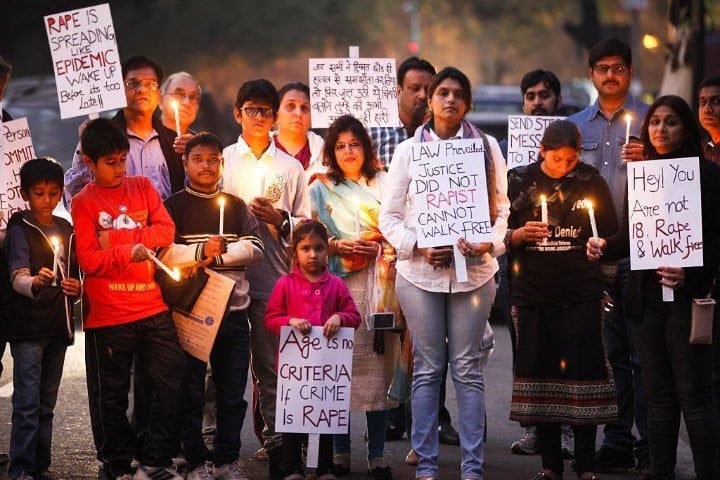
This led to mass text messages being sent out, asking people to join candlelight vigils and peaceful marches. When these messages were blocked, people turned to WhatsApp as an alternative means of communication.
In a powerful display of solidarity, users changed their display pictures to a simple black dot on a white background. This symbolized a collective blot on society and reflected the shame of a culture that was unsafe for women. By making this small gesture, users felt they were contributing to a larger movement for change.
Social media and other new media technologies are a testament to the growing influence of a young, middle-class population passionate about creating a better future for all.
The India Against Corruption movement also relied on social media-enabled citizen journalism, showing that activism is alive and well in India. The movement aims to challenge the cultural acceptance of sexual violence against women and create a safer, more equitable society.
From Outrage to Censorship: “India’s Daughter” Film

British filmmaker Leslee Udwin released the documentary “India’s Daughter” in March 2015. The documentary focused on the horrific incident where Jyoti Singh was raped and murdered in New Delhi.
One of the accused rapists, Mukesh, was interviewed inside Tihar Jail for the documentary. In the interview, Mukesh was shown saying that Jyoti Singh should not have fought back and simply allowed the rape to happen.
If she hadn’t fought back, they would have dropped her off after raping her and would only have beaten up Avanindra Pandey, her friend accompanying her at the time of the incident.
A defence lawyer in the case, A.P. Singh, was shown saying that if his daughter or sister “engaged in pre-marital activities and disgraced herself and allowed herself to lose face and character by doing such things, I would most certainly take this sort of sister or daughter to my farmhouse, and in front of my entire family, I would put petrol on her and set her alight.”
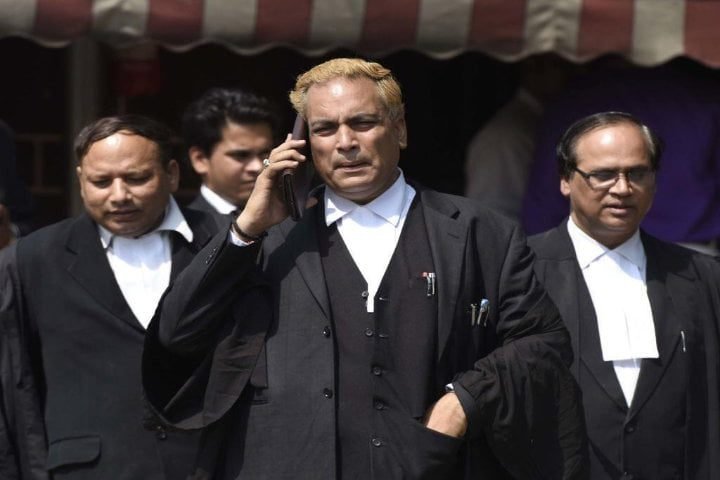
The Delhi police filed a First Information Report against the filmmakers. They obtained an order to ban the film due to its content being offensive enough to create an atmosphere of tension and fear among women in society.
However, a section of Indian media, prominently NDTV, protested the ban on the documentary. However, BBC UK refused to comply with the Indian Government’s order, and it was screened in the UK. Later, it was uploaded to YouTube but eventually deleted due to instructions from the government of India.
The impact of the Nirbhaya Movement was felt across South Asian countries like Pakistan, Bangladesh, Sri Lanka and Nepal, where marches and demonstrations against sexual violence were held, and the movement was hailed as the rebirth of the fight for gender equality in South Asia.
Nirbhaya and the Rise of Feminism in India
In her book “Seeing Like a Feminist,” Nivedita Menon, a writer and professor at Jawaharlal Nehru University in New Delhi, contrasts the views of feminists and patriarchal forces on rape.
According to her, patriarchal forces view rape as an offence against the honour of the family, while feminists consider it a violation of a woman’s autonomy and bodily integrity. These differing perspectives naturally lead to polar opposite suggestions for combating rape.
In patriarchal societies, victims of rape are often blamed for the crime rather than the perpetrators. Women are held responsible for their rape if they step outside the prescribed boundaries of the private sphere into the public or if they dress in a way that is deemed inappropriate.
This victim-blaming is so prevalent that many women choose not to report the crime and remain silent instead.
Conclusion
It’s disheartening to see that, despite several legal amendments, crimes against women still exist. While the death penalty for rapists may have initially appeased national and international outrage, it hasn’t effectively deterred such heinous crimes. It’s important for both law and society to progress hand in hand. Any disparity between the two would leave essential issues unattended.
The CUET UG Mass Communication syllabus contains this topic under the Communication section.

